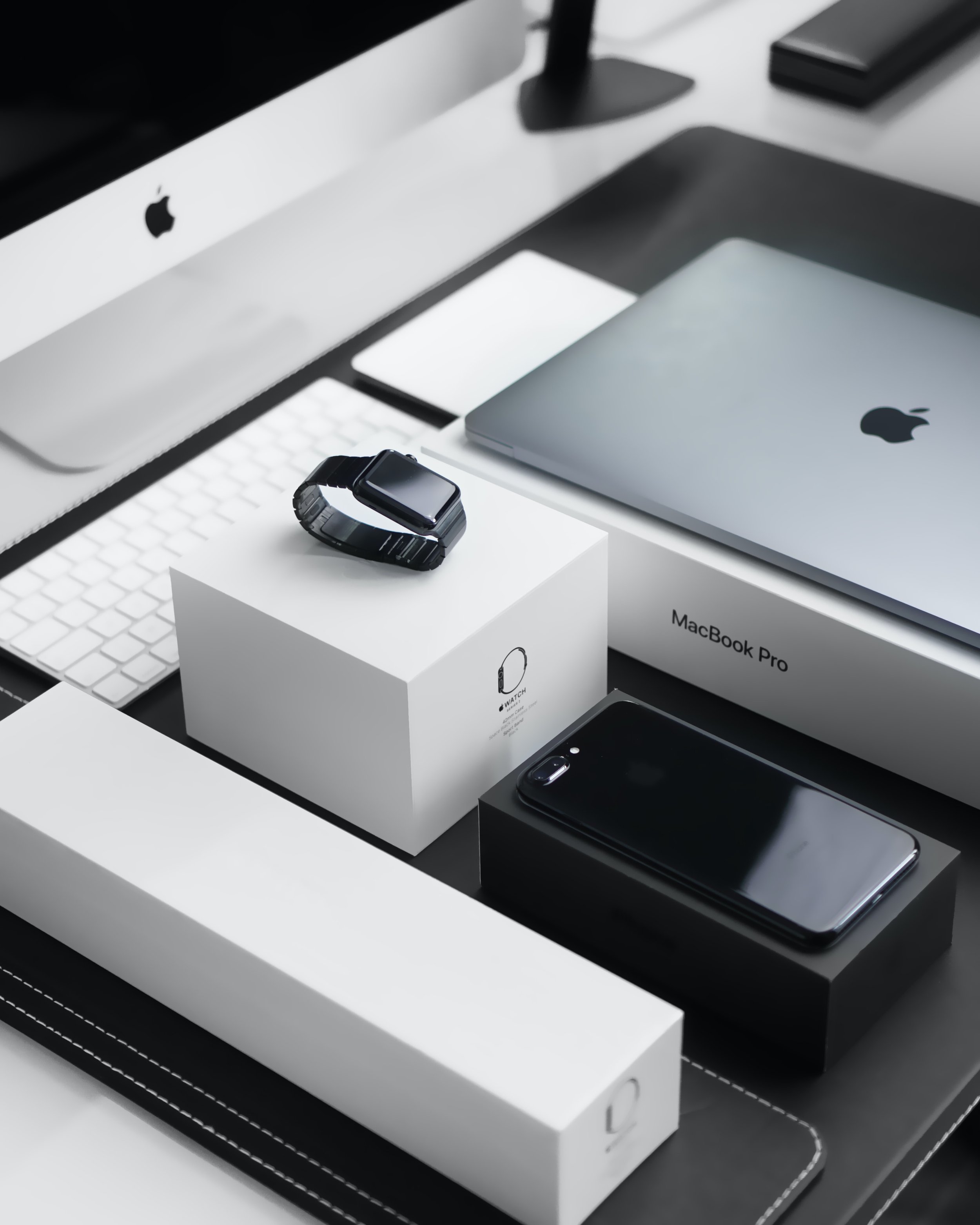Does Connected Packaging Really Work?
What’s the real deal with QR codes?
Brand evangelists love them, and successful marketing campaigns are often built on them, but what’s the real deal with QR codes? Here’s a look behind the pixels.
What is connected packaging?
“Fancy a chat? Something on your mind? Pop by in person, give us a call on the banana phone, or drop us an email”
Ever since a tiny start-up invited customers to engage with their new brand of smoothies, the power of connectivity has become the underpinning philosophy of design. The idea was innocent enough: get the consumer to make contact, and the organisation can engage their audience with their values, vision, and identity, whilst learning more about who is using their products. As the success of Innocent shows, the results speak for themselves.
An evolving story
Today, the emotional branding approach has evolved. QR codes have now become the go-to digital doorway, taking the user on an immersive journey by engaging them in dialogue, exploring the brand, and inviting them into the club. For the audience, the point-of-sale experience becomes more vivid, rewarding, and personalised.
Does the QR strategy work?
Whether or not the connected packaging approach works depends upon the creativity of the campaign. Some, such as Guinness’s memorable strategy of having the QR code emerge on the glass after the iconic two-minute wait, have demonstrated highly successful integration. Others, such as Aquafresh’s infamous unscannable code debacle, have shown what happens when creativity becomes separated from practicality. Like any successful branding strategy, therefore, the secret of the connected packaging approach is to create something memorable, experiential, personalised, meaningful and – unlike Aquafresh - usable. Straightforward, right?
How to avoid a connected packaging fail…
Consumers have to willingly sacrifice their time in order to venture into a virtual QR experience, so the content needs to be instantly worth it. Engagement needs to occur on multiple psychological levels, such as the atmosphere of the colour palette, the quality of the graphics, and the ease with which the digital space is navigated. The journey must be carefully architected so that the consumer is led through without being rushed, becoming frustrated, or – an alarmingly common occurrence – confused. It’s worth remembering that the audience will be linking the entire experience to the brand, so if any of these points fail you might as well be packaging the product in an old carrier bag and praying for the best.
So. How can I guarantee success for my connected packaging campaign?
A connected packaging flop tends to occur because of a lack of technical expertise combined with budgeting and time errors. These often drag a project out, leading to corner-cutting and subsequent disappointment. Outsourcing the elements to different teams is also a major barrier to success as disconnection will be glaringly obvious to consumers. As such, an end-to-end approach created by an experienced and well-resourced team is the most cost-effective short-term strategy with the highest long-term rewards regarding engagement.
How can WK360 help?
When it comes to connected packaging, it pays to put the effort in. Thankfully, that’s where wk360 can help. Our experts can ensure complete cohesion that creates a real presence in a digital space. Essentially a QR code is a link. What we need to do, is manage that link and deliver the right content or experience to the right person at the right time. Easy enough, however we are talking about different people, in different locations with different needs. This is where 360Connect not only ensures this happens, but also provides us with the insight to improve and adapt. To get the chemistry flowing today, get in touch with one of our creative specialists to discuss your project goals.

